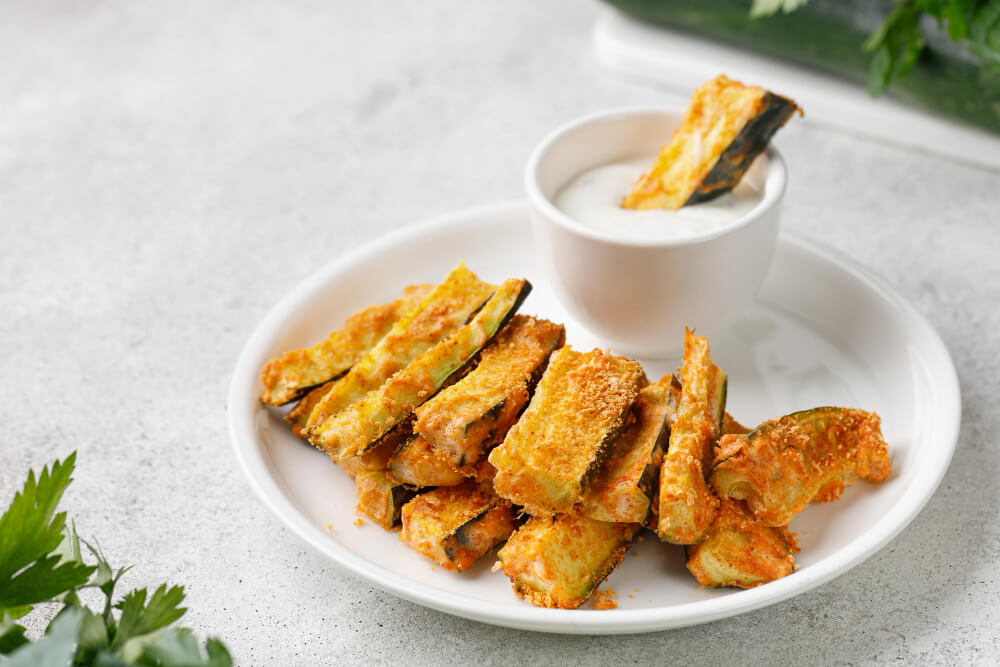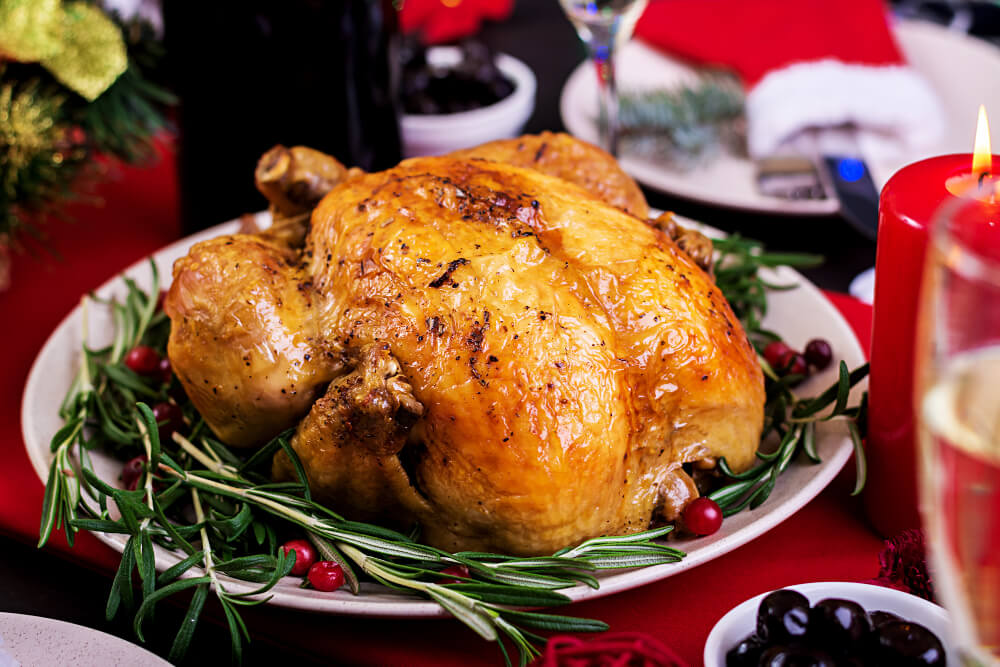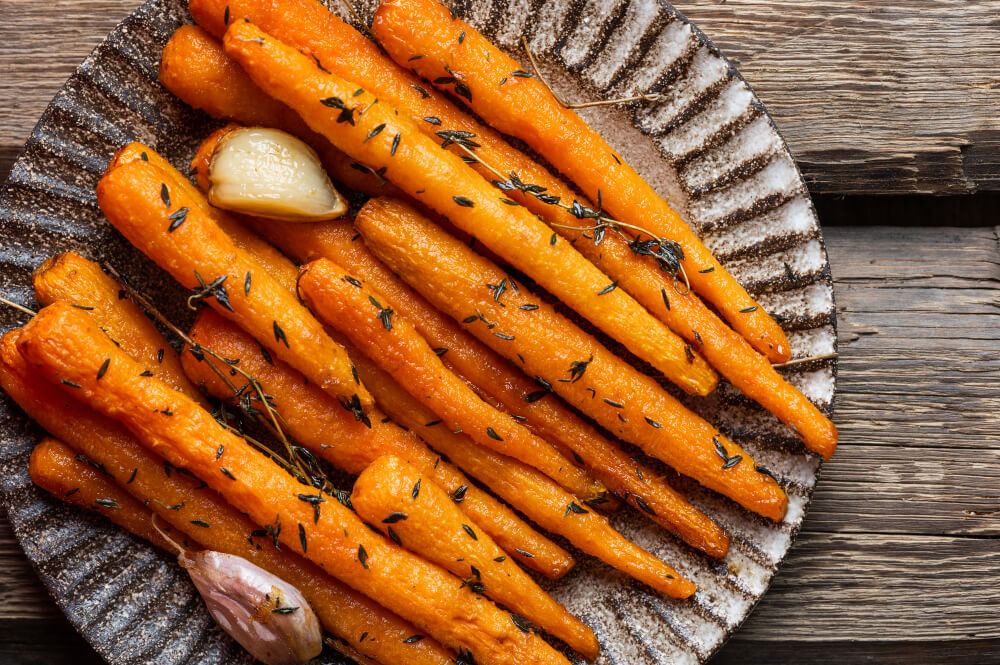
Have you recently purchased a wood cutting board from Mevell and wondering if you can put your cutting board in the dishwasher? You may have heard conflicting opinions on whether cutting boards can go in the dishwasher or not. In this blog, we will explore the reasons why it is recommended to hand wash your wood cutting board, and how doing so can prolong its life and maintain its quality.
When it comes to cleaning your wood cutting board, it's essential to understand the impact that high heat and water can have on the surface of the board. The dishwasher's high heat and water pressure can cause the wood to warp, crack, and even split. This not only affects the appearance of your cutting board but also its functionality and longevity.
Hand washing your wood cutting board with warm soapy water is the best way to keep it in top condition. This gentle cleaning method helps to preserve the surface of the board, ensuring that it remains smooth and free from any damage. Additionally, hand washing allows you to thoroughly clean the board, removing any food particles and bacteria that may have accumulated during use.
So, can wood cutting boards go in the dishwasher? While it may be tempting to toss your cutting board in the dishwasher for a quick clean, it's best to stick to hand washing to keep your board in excellent shape for years to come.
Curious to learn more about the proper care and maintenance of your wood cutting board? Keep reading to discover expert tips and tricks that will help you get the most out of your investment.
How Do I Know if My Cutting Board Is Dishwasher Safe?
If you have other cutting boards made from materials such as thick plastic or glass, and they are labeled as dishwasher safe, then you can confidently clean them in the dishwasher. However, cutting boards made from thin plastic, wood, metal, or other materials, like granite, should not be put in the dishwasher.
When it comes to plastic boards, the thicker ones can generally withstand the heat and water pressure of a dishwasher cycle. Glass cutting boards are also typically safe for the dishwasher, as they are less likely to warp or crack. On the other hand, thin plastic cutting boards can warp or even melt under the high temperatures of the dishwasher, rendering them unusable.
Composite cutting boards, which are made from a combination of materials, may or may not be dishwasher safe. It's essential to check the manufacturer's guidelines before placing them in the dishwasher. Wood, metal, and granite cutting boards should be washed by hand, as the dishwasher can cause damage or even break them.

Want to upgrade your pretty ordinary wood cutting board for something more refined, like a top-quality walnut one? Step away from the plastic alternatives with their harmful residues. If you're passionate about your culinary masterpieces and your health, choose our Montreal-made wooden cutting boards. Crafted from American black walnut, these boards are sure to wow your guests.
What Is the Best Way To Sanitize a Wood Cutting Board?
Now for Mevell wood cutting board owners, here are the best practices to disinfect and maintain your wooden boards. It's important to note that wood boards require special care to prevent damage and maintain their quality. Follow these steps to effectively sanitize your wood cutting board:
-
Wash it by hand: Avoid submerging your wood board in water or using a dishwasher. Instead, wash it by hand using warm, soapy water. Use a gentle dishwashing detergent to avoid harsh chemicals that can penetrate the wood.
-
Rinse thoroughly: After washing, rinse the board under running water to remove any soap residue.
-
Disinfect with vinegar or hydrogen peroxide: Soak a clean, white cloth with either pure white vinegar or three percent hydrogen peroxide. Wipe down the board thoroughly, ensuring that all surfaces are covered. Let it sit for a few minutes to allow the disinfectant to work.
-
Remove stains and odors: If there are stubborn stains or odors on the wood board, sprinkle kosher salt or baking soda onto the surface. Use the cut side of a lemon to scrub the board gently. This will help to clean and deodorize it naturally.
-
Let the board dry: After cleaning, place the wood cutting board in a well-ventilated area and allow it to air dry completely. Avoid stacking other items on top of it to ensure proper airflow.
-
Don't use bleach: While bleach is an effective disinfectant, it can damage the wood fibers and compromise the integrity of the board. It's best to avoid using bleach on wooden cutting boards.
How to Care for Wooden Cutting Board
To further help you with caring for your wooden cutting board, here is a comprehensive guide that includes oiling and other essential maintenance steps:
-
Clean your cutting boards: After each use, clean your wooden cutting board with warm water and mild dish soap. Scrub gently with a sponge or brush to remove any food particles. Rinse thoroughly and dry it completely.
-
Sanitize your board: Regularly sanitize your wooden cutting board to kill bacteria. You can follow the disinfection steps mentioned earlier using vinegar or hydrogen peroxide.
-
Oil your cutting board: Oiling is a crucial step in maintaining the quality and longevity of your wood board. Apply food-grade mineral oil or specifically designed cutting board oil to the entire surface of the board. Use a clean cloth or paper towel to spread a generous amount of oil. Ensure that you cover all areas, including the sides and edges.
-
Let the oil penetrate: Allow the oil to penetrate the wood by letting the board sit overnight or for a few hours. This process nourishes the wood and helps prevent it from drying out and cracking.
-
Wipe off excess oil: After the oil has had time to penetrate, use a dry cloth to wipe off any excess oil from the surface. This step is essential to prevent the board from feeling sticky or greasy.
-
Repeat oiling regularly: Depending on the frequency of use, you may need to oil your cutting board every few weeks or months. Regular oiling helps maintain its moisture content and protects it from drying out.
-
Avoid exposure to extreme temperatures: Wooden cutting boards are sensitive to changes in temperature and humidity. Avoid placing them in direct sunlight, near heat sources, or submerging them in water for an extended period. Also, avoid exposing them to drastic temperature changes, such as placing a hot board in cold water.
By following these steps and incorporating regular oiling into your wood cutting board care routine, you'll ensure its longevity and keep it in optimal condition.
Why Wood Cutting Boards Are Still the Best Choice?
Wood cutting boards have been used for centuries and continue to be the best cutting board choice for various reasons. Here are several benefits of having wood cutting boards over other types of cutting boards:
-
Natural Material: Wood cutting boards are made from a natural and renewable resource, unlike plastic or composite boards. This makes them an eco-friendly option, especially when compared to bamboo cutting boards, which require more energy to produce.
-
Gentle on Knives: Wood cutting boards are known to be gentle on knives, ensuring that your blades stay sharp for a longer time. In contrast, materials like glass or composite boards can dull your knives quickly.
-
Self-Healing: Wood cutting boards have a self-healing property, which means that they can close up small cuts and scratches over time. This helps maintain a smooth surface and prevents bacteria from hiding in grooves.
-
Durability: High-quality wood cutting boards are incredibly durable and can last for years with proper care. They are less likely to splinter compared to bamboo cutting boards.
-
Easy to Clean and Sanitize: Although you cannot put them in the dishwasher, wood cutting boards are easy to clean and sanitize. Simply wash them with warm, soapy water, and apply a food-safe mineral oil to maintain their quality and appearance.
-
Aesthetically Pleasing: Wood cutting boards come in various sizes, shapes, and wood types, making them an attractive addition to any kitchen. Large cutting boards made of wood also make for great serving platters.
To sum up, wood cutting boards are the best cutting board choice due to their natural material, knife-friendly surface, self-healing properties, durability, ease of cleaning, and aesthetic appeal. While other options like bamboo cutting boards and composite boards may seem appealing, they do not offer the same benefits and longevity as a high-quality wood cutting board.
FAQs
Are wood charcuterie boards dishwasher safe?
No, wood charcuterie boards are not dishwasher safe. You should NEVER put your charcuterie board in the dishwasher, as the heat and water can cause the wood to warp, crack, or even split. The general rule is that wooden items, including wooden kitchenware like charcuterie boards, should not be exposed to the harsh environment of a dishwasher. The prolonged exposure to water and high temperatures during the washing cycle can damage the wood, reducing its lifespan and overall quality.
What is the cleanest cutting board?
The cleanest cutting board is one made from a hardwood like maple or walnut. These types of wood have a tight grain structure, which makes them less porous and more resistant to bacteria and moisture. This ensures that the cutting board remains clean and sanitary with proper care. To maintain the cleanliness of your hardwood cutting board, wash it with warm, soapy water after each use and dry it thoroughly to prevent the growth of bacteria. Remember to avoid putting any wooden kitchenware, including cutting boards, into the dishwasher in your home, as this can cause damage and reduce their cleanliness.
What is the most sanitary cutting board?
Bamboo cutting boards are considered to be one of the most sanitary options due to their natural antimicrobial properties. They are less porous than most wood types, which helps prevent the growth of bacteria and makes them easier to clean. However, if you are looking to buy a cutting board that will last for a long time and maintain its quality, a hardwood cutting board, such as one made from maple or walnut, is a better choice. These hardwood cutting boards are not only sanitary but also durable and gentle on your knives.
Conclusion
In conclusion, it is not recommended to put wood cutting boards in the dishwasher. The high heat and water pressure can damage the wood, causing warping, cracking, and splitting. Instead, hand washing with warm, soapy water is the best method to clean and maintain the quality of your wood cutting board. Regular oiling is also crucial to keep the board moisturized and protected.
Wood cutting boards offer numerous benefits, such as being knife-friendly, self-healing, and durable. They are easy to clean and sanitize, making them a hygienic choice for food preparation. Remember to choose high-quality wood cutting boards for long-lasting performance.
Related Articles
- Best Wine for Charcuterie, an In-Depth Guide
- What Is a Charcuterie Board and How To Make One?
- Why Use a Cutting Board Oil Applicator?
- Cutting Board Oil: What Is the Best Oil for Wood Cutting Boards?
- Bamboo vs Wood Cutting Boards: The Pros & Cons You Need To Know
- Wood vs. Plastic Cutting Boards Which One Is the Best?
- Best Wood for Cutting Boards, the Ultimate Guide
- How To Clean a Wood Cutting Board Like a Pro: Simple and Easy Tips
Related Products You Might Like
If you're looking for high-quality wood cutting boards, Mevell offers a wide range of options to suit your needs. Our collection includes beautifully crafted wood cutting boards made from hardwoods like maple and walnut.
These cutting boards are designed for durability, functionality, and aesthetics. Explore our collection of wood cutting boards at Mevell and find the perfect addition to your kitchen that will elevate your culinary experience.



